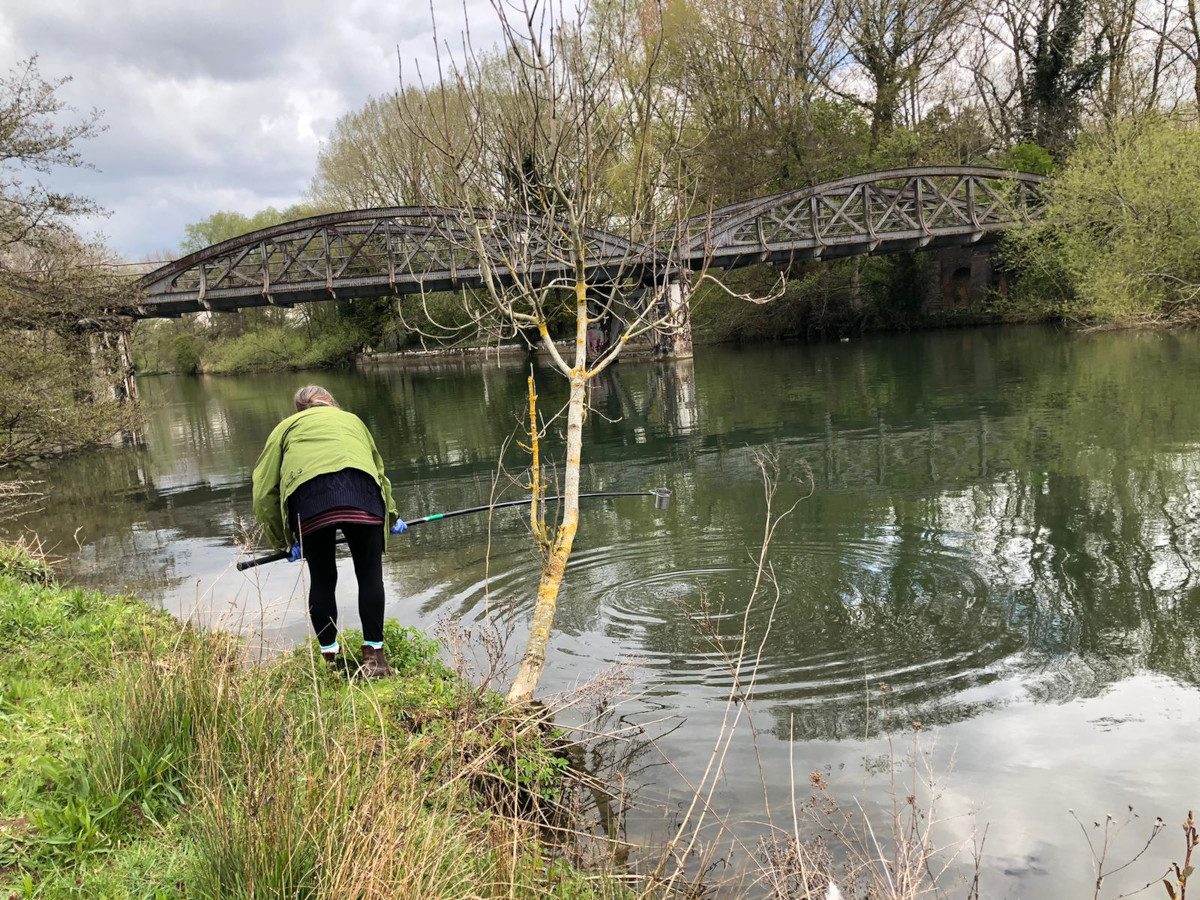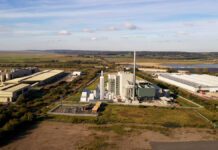
Oxford-based Wolvercote Mill Stream – the only official swimming spot on the Thames – has failed bacteria safety tests. Environmental charity Thames21 has warned that Thames Water should urgently make plans to upgrade its Cassington sewage treatment works to stop this from happening again.
The results from the summer of 2022, viewed by Thames21 and published by the Environment Agency, indicate that both E Coli and Intestinal Enterococci are present at levels higher than it is safe to swim in. In the case of intestinal enterococci, the levels were over twice the recommended amount.
However, in their most recent planning document Thames Water did not commit to upgrading treatment works at Cassington or Stanton Harcourt, despite previous research (funded by Thames Water) showing extremely high bacteria levels downstream of these treatment works.
Claire Robertson, Oxford Rivers Project Officer at Thames21, said: “We are disappointed, but not surprised, by these results at Wolvercote, given that Thames Water released untreated sewage into the rivers around Oxford for 5,600 hours in 2021 and given our results from citizen science testing last year.
“However, we are surprised that Thames Water has presented no firm plans to upgrade sewage treatment which affects swimmers on this stretch of river. There are only four more years to achieve a “sufficient” or higher designation at Wolvercote, otherwise the site may be de-designated. However, Thames Water states that it plans to halve raw sewage spills by 2030. This is not nearly fast enough for the swimmers and paddlers at Wolvercote, many of them families with young children, nor for the wildlife and plants that call this part of the Thames their home. We need action now.
“We’re looking forward to hearing where they plan to put in upgrades so we can swim safely at Wolvercote, and how the Environment Agency can support and enforce these improvements.”
The popular swimming spot, two miles outside of Oxford City Centre, was granted bathing water status by Defra in April of this year after an 18-month local battle by the Oxford Rivers Project, including local swimmers, against raw sewage discharges. The status means the river water at the site is tested weekly between May and September for harmful bacteria by the Environment Agency.
Tim Harris, associate with the Rivers Trust who led the study in 2021, said “The results indicated that although the bacterial levels present can originate from a number of sources such as livestock or incorrect plumbing near the site, overall the largest contributor to the bacterial levels at this site is untreated and treated sewage effluent from Thames Water’s assets. Therefore, it has come as a great surprise that there are no plans yet put forward to upgrade the sewage treatment works and sewage network within the local area affecting the Bathing Site.”
Oxford West and Abingdon MP Layla Moran added: “When Wolvercote Mill Stream was granted bathing water status earlier this year it brought joy to the whole community. This stretch of river is regularly used by hundreds of people – families swimming, kayakers and rowers, as well as anglers, and birdwatchers. It is a treasured place for many in our community. Wolvercote Mill Stream is one of only three rivers in the country to have received this designation. Whereas France currently has 573 river swimming areas, Italy has 73 and Germany has 38.
“It is incredibly disappointing to hear this cherished spot has failed bacteria tests; this is upsetting news for communities across the country who want to swim in their local rivers without risk to their health.
“We must keep up the pressure on Thames Water to keep untreated sewage out of our rivers.”
Oxford City Council Councillor Chewe Munkonge, Deputy Leader and Cabinet Member for Leisure and Parks, said: “The headline findings coming from Thames21 are concerning and we will be working with partners on further analysis of the data to ascertain sources of pollutants, and next steps. Across the board, we all want to ensure that Oxford’s rivers are free from pollution, and that they benefit people and wildlife. I will be attending the West Oxfordshire Waterways Day this Friday, where it is hoped we can hear of the steps Thames Water are taking to clear up the Thames and its tributaries.”
Richard Aylard, Sustainability Director at Thames Water, said: “Taking action to improve the health of rivers is a key focus for us. All sewage discharged from Cassington STW since April 2021 has been fully treated and while the sewage treatment process is not designed to remove bacteria, we recognise the concerns raised regarding the presence of bacteria in the river which can come from multiple sources. As a member of the Oxford Rivers Project, who made the application for designated bathing water status at Wolvercote Mill Stream, we’ll continue to work with our partners to understand what more needs to be done to ensure consistently good water quality in the Thames.
“We have committed to reducing the annual duration of sewage discharges into rivers by 50% across the Thames Valley by 2030 and have planned substantial investment in our local sewer network to reduce the need for untreated discharges, including a major expansion at Witney sewage treatment works in Oxfordshire. After a successful trial in the Oxford area, we’re finalising the provision of live alerts from all 468 permitted locations across our region, by the end of 2022.
“We’re clear it’s completely unacceptable for any untreated sewage to enter rivers, whether it’s permitted or not. Stopping discharges altogether will take time and sustained investment, however each step we take on this journey is a move in the right direction.”






